|
Seed collecting can be extremely rewarding, not only because of the cost of purchasing, but because of the availability of them at any time of year. It can also be impossible to gather certain seeds because of their lack of availability. Often times stores bring out seeds well after the start time needed for those who begin months in advance, indoors. Some seeds require 16 weeks before planting outdoors, and many stores bring them in only 4 - 6 weeks before the Spring season. I find it incredibly rewarding to complete the process from beginning to end. Here are some seeds and tips on gathering seeds. Click on the images to get a better view up close. I have many sizes of containers because of the quantity and size that some produce. The blue tub of Nasturtium seeds are always some of the easiest to pick. The flowers located in a more sunny location will die back sooner, but also create more seeds. Then I have the pail of Scarlet runner pods, which are just very large beans. Both of these seeds will sit and dry for at least 3 months. Then the crispy pods can be peeled apart very easy to get the Scarlet Runner seeds. Not much has to be done with Nasturtium seeds, other than letting them dry. Both of these seeds can be direct planted in the ground 10 days before the last expected frost. They are fast growers and will produce flowers within 60 days. Here we have Zinnias. Some produce a large cone or eye in the center of the flower, and some have no eye or cone. Both the same plant but the one with the cone attracts more bees and hummingbirds. This means more pollination and more viable seeds at collecting time. You need to understand Zinnias to know how to collect seeds in abundance, and to gather ONLY VIABLE seeds. Take a look at the seeds picked and know which ones will grow and which won't. The needle point is directed towards the enlarged belly of the seed. That one is darker green and will definitely be viable. If they don't have that swollen belly, they are worthless. Every Zinnia petal will produce a seed(viable or not) at the end of the petal. Then the cone can be ripped apart when quite mature and additional seeds can be separated from that cone. Again, look for the swollen belly on these as well. If they are flat or too white in color, they are also useless. These flowers cross pollinate all the time, so you will not always get a flower true to the type of seed you picked. You will increase your odds though by picking the colors preferred. Here we have Calibrachoa (Million Bells). These are incredibly difficult to get a hold of, and if you do, they are incredibly expensive. The store bought Million Bells typically do not produce many pods, so if you locate some, they are worth their weight in gold. I also find that once you grow them from seed, they will also produce a greater abundance of pods in the future. They also do not come true to type that you picked. However, they will produce the most incredible colors. When the pods are a solid green, it is a bit too early to pick them. When you start to see darker black spots through the pod, they are ripe enough to pick. You can wait until they crack open, but you will probably lose many of the seeds. In the final image you can see the shell of the one pod that has separated and the seeds are intact. This is difficult to spot. Usually when they split open the seeds start to fall out easily. Once picked, let dry for a few months. They can fall out fairly easily onto a tray when rubbed between your fingers.
These are just a small number that I collect, but ones that are a bit trickier to pick. They are all hummingbird flowers, which is one major reason I continue to collect and plant them each year. I usually collect abut 6 - 8 different ones each year, primarily because of their value to hummingbirds. Here are a couple others to consider: Delphiniums(zone 2 hardy perennial) Petunias(very similar to Million Bells) I hope some of this information is useful to those of you that garden and attract hummingbirds.
0 Comments
|
AuthorMuch of the year I spend time attracting hummingbirds and other species to my garden. Please take some time to read and enjoy my blog. I hope it inspires you to build and create a beautiful place to attract birds of your own. Archives
May 2022
Categories |
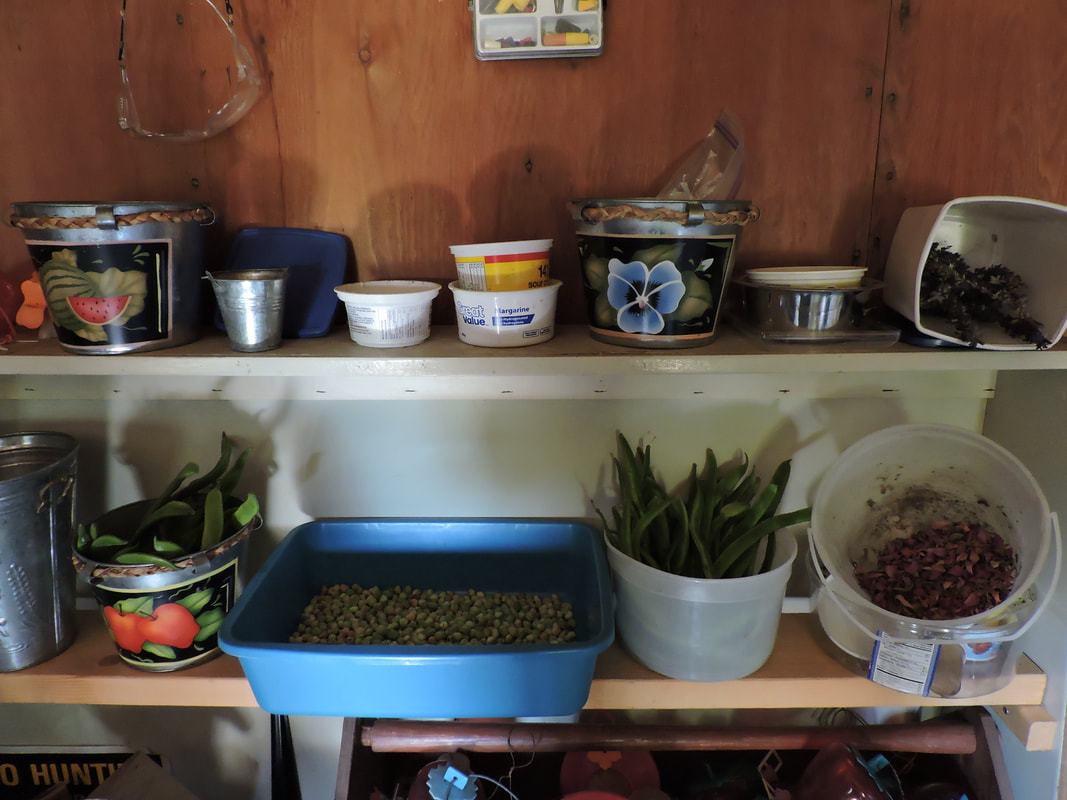
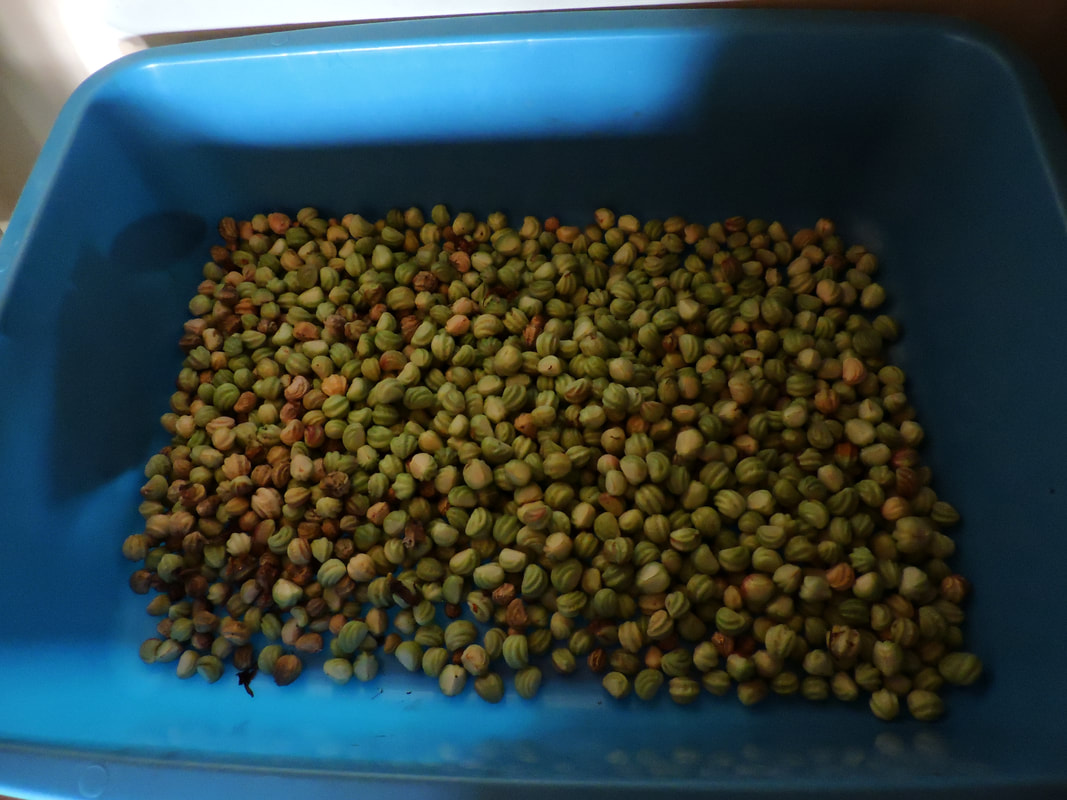
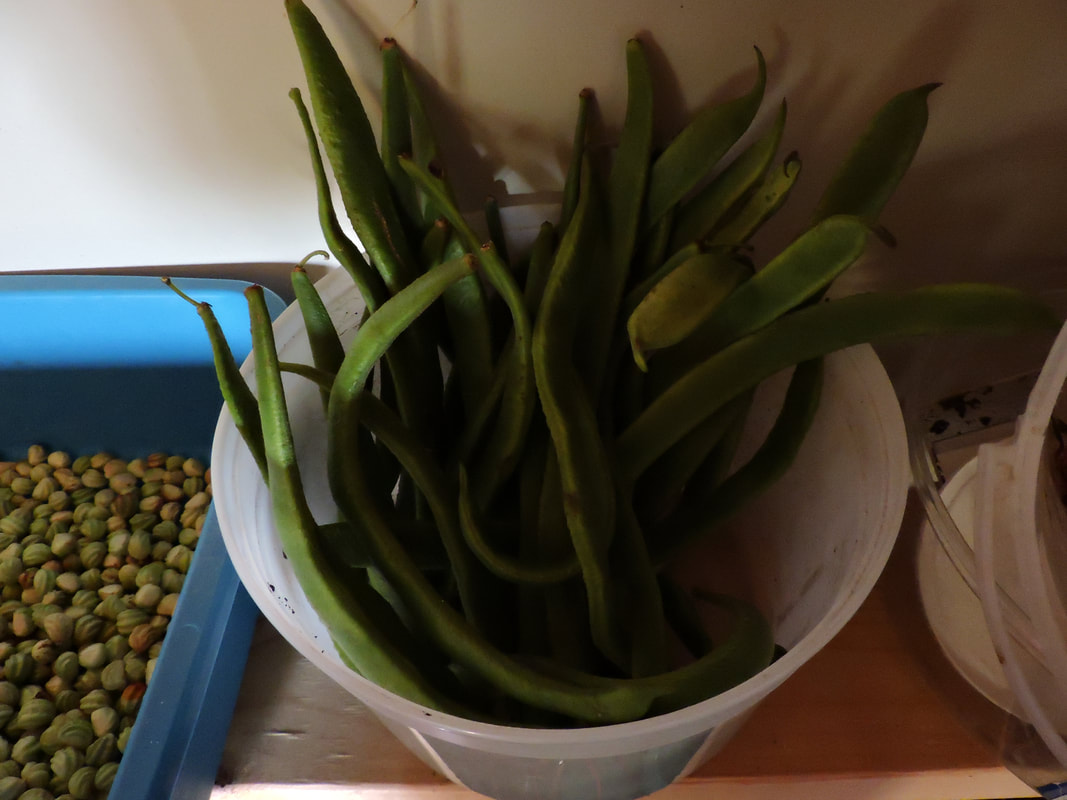
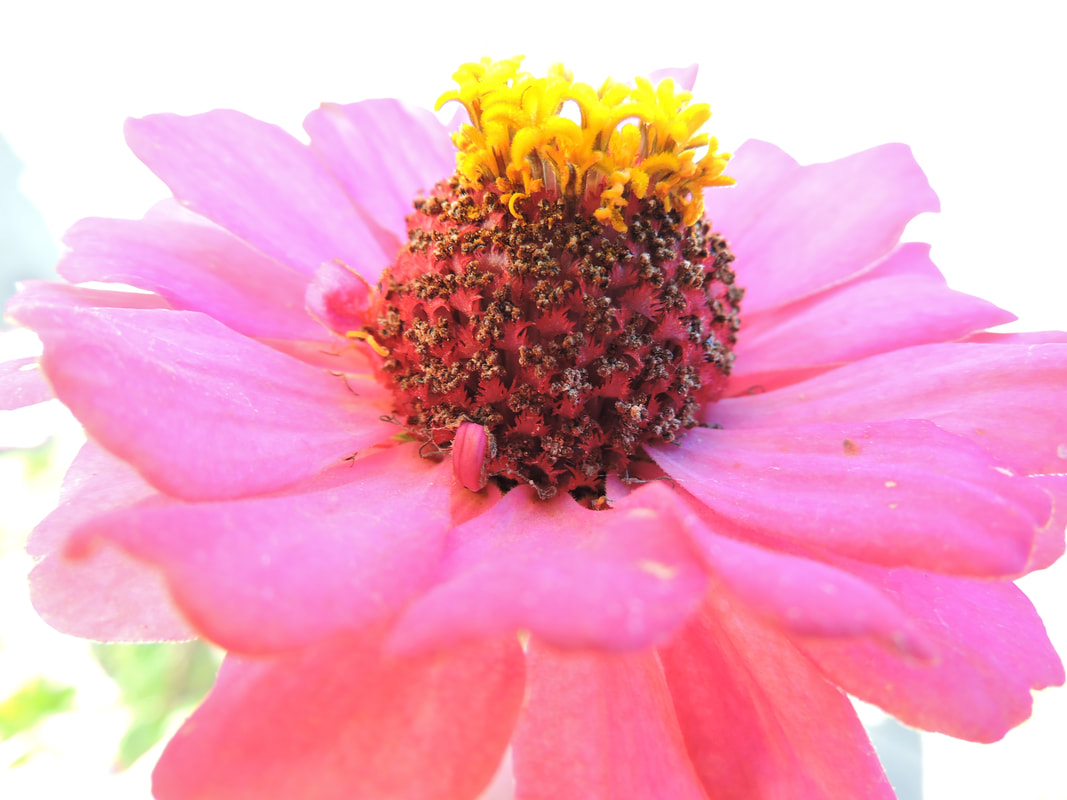
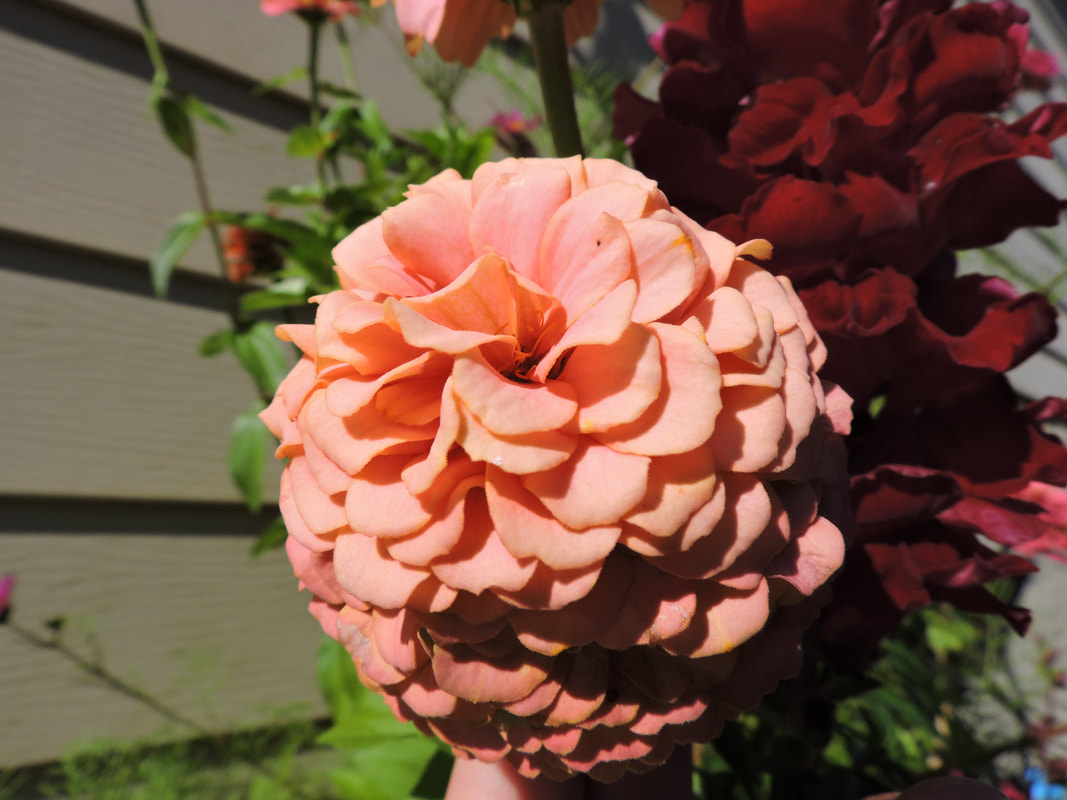
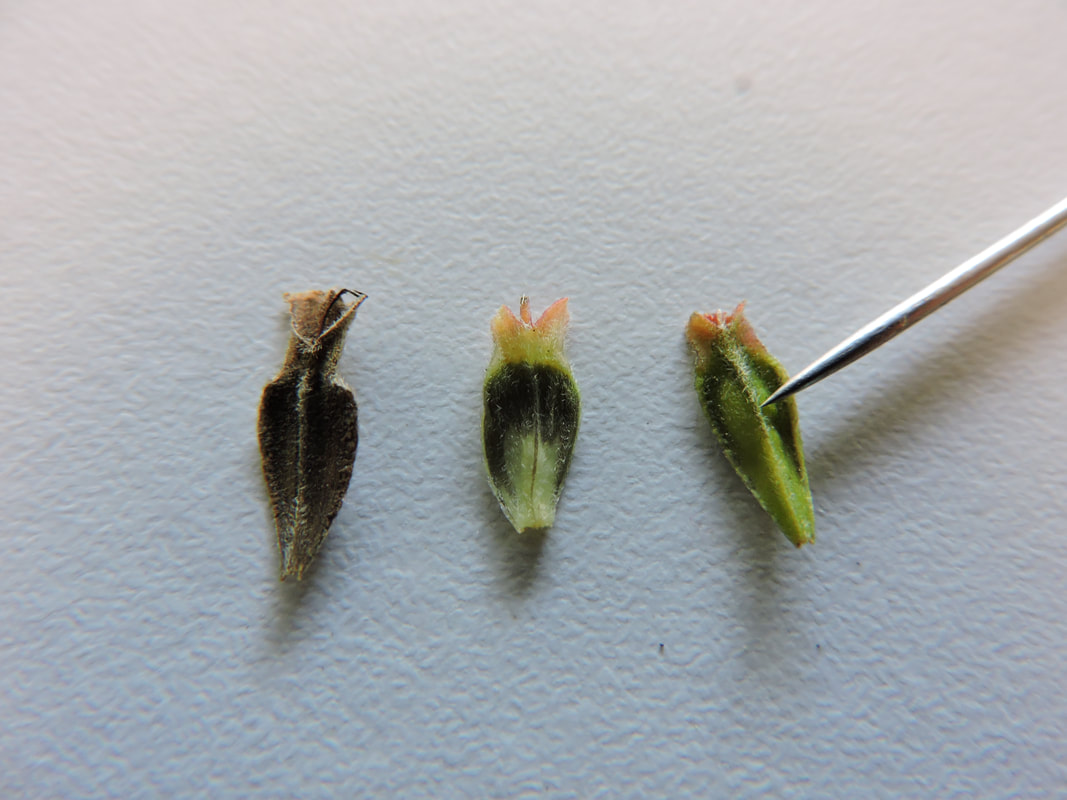
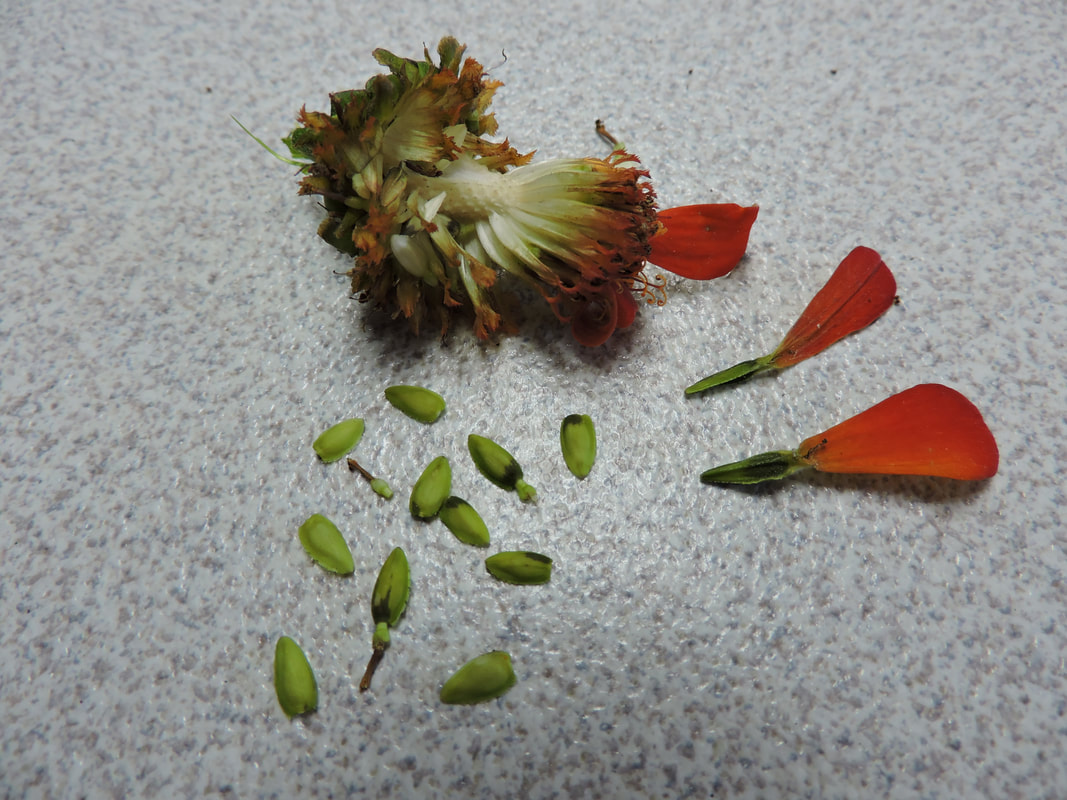
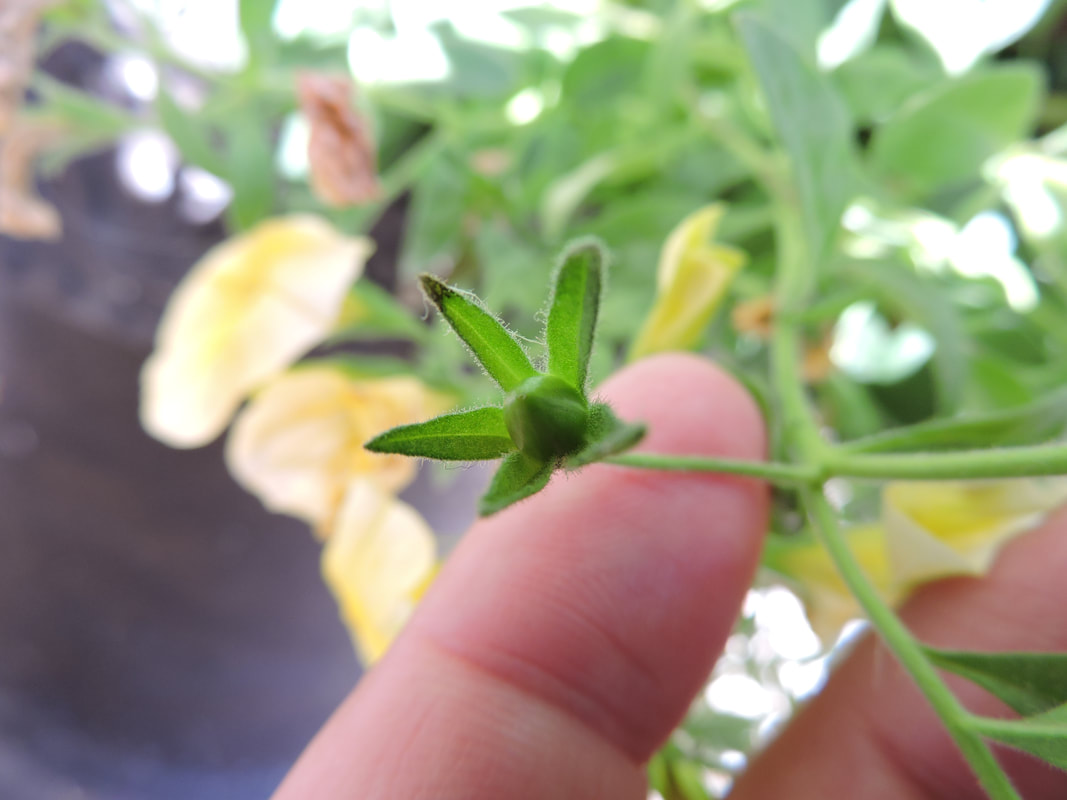
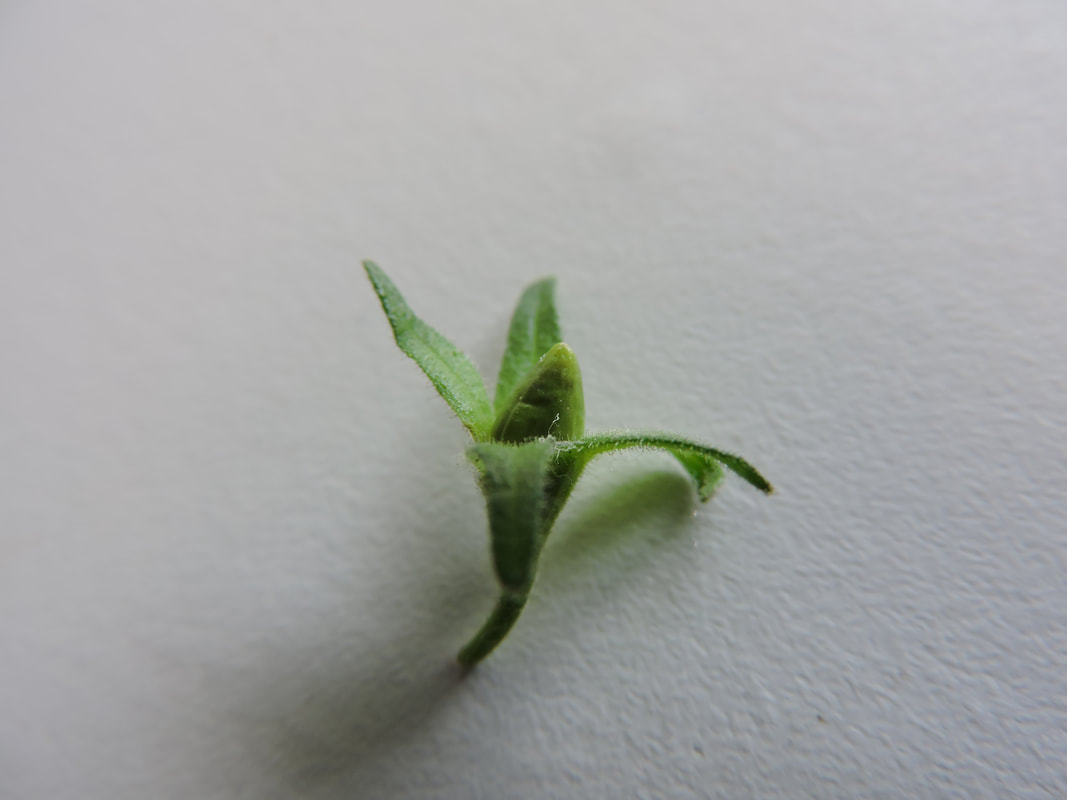
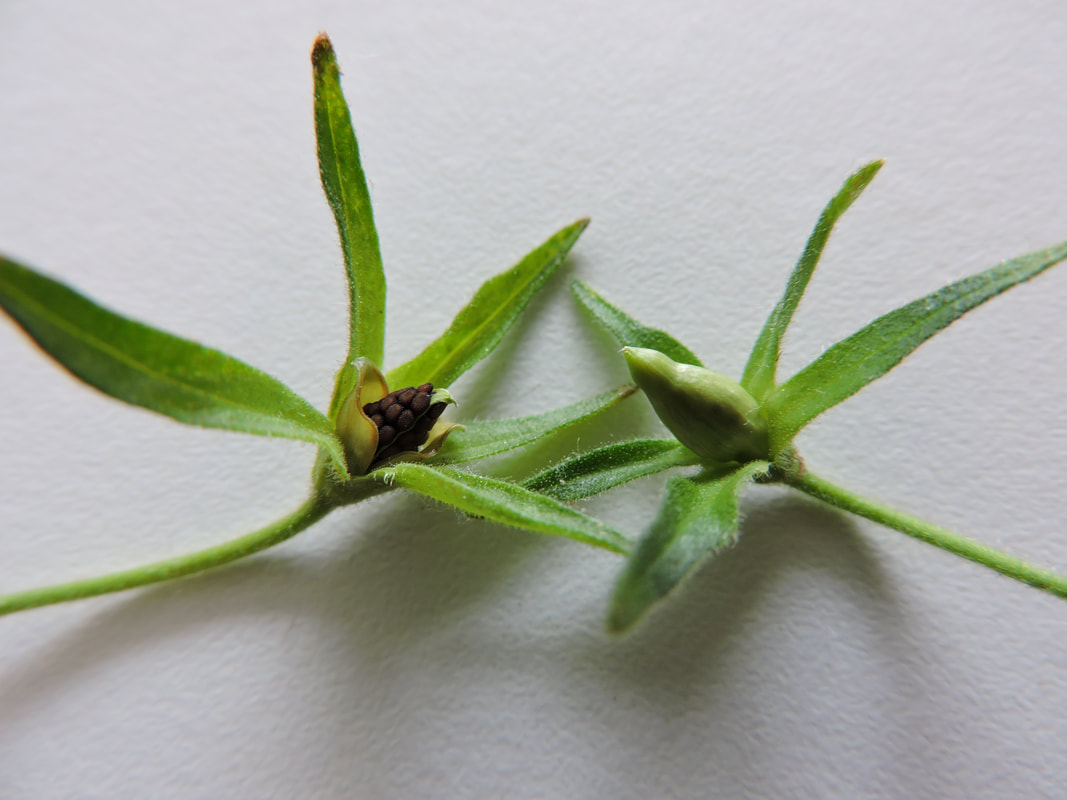
 RSS Feed
RSS Feed
